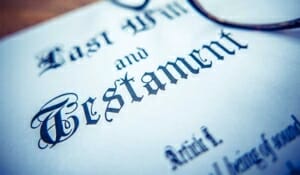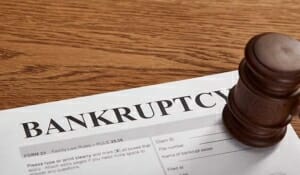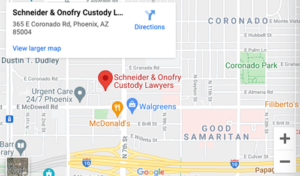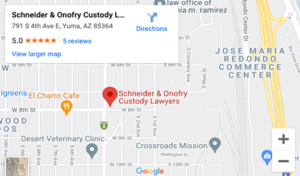Chapter 9 Bankruptcy Protection for the Financially Troubled School District
Eventually, circumstances changed beyond ABC’s control. Economic conditions and property values in ABC’s district declined, and the tax rates had to be raised to offset the decrease in assessed property values. Other local property taxes also were on the rise, and, as a result, overall tax rates in the school district became stifling in comparison to nearby districts and those elsewhere in the state.
Predictably, a snowball effect began. The higher property taxes created a disincentive for people and businesses to move into ABC and an incentive for current property owners to leave. Residents did not want to build or improve their property, thereby leading to blight and abandonment of property. In effect, the high tax rates exacerbated the eroding economic conditions, resulting in a kind of “death spiral.”
ABC would like to return taxes to a more normal level, pay its bond debt and save its schools. Can it simultaneously reduce taxes and retire bond debt?
In addition, state aid may come with certain undesirable strings attached. Thus state aid may not be a satisfactory solution.
Another option is for ABC to cut its annual spending. However, that really is not the problem. Little of ABC’s spending is discretionary. Its maintenance and operating expenses are determined by a centralized formula based on student enrollment. That amount must be spent to maintain the quality of education and to ensure students receive the same support as those in other districts.
ABC also might try to negotiate with its bondholders, stressing its eroding tax base — the ultimate source of repayment — and proposing to voluntarily restructure the bond debt. Negotiating with the bondholders can be complicated. Even if most can he persuaded, getting all to respond or agree to any restructuring plan, no matter how reasonable, may be difficult.
In a Chapter 9 case, ABC would have the exclusive right to file a plan for the adjustment of its debts. Such a plan could call for ABC’s bond payments to be restructured by capping the annual tax rates at a reasonable maximum level and reducing the annual bond payments accordingly. The repayment term could be increased to help offset any annual reduction in payments caused by the cap.
The bankruptcy court will consider ABC’s plan to determine whether it is proposed in good faith. What constitutes “good faith” is judged case by case, based on the totality of circumstances. If it can be established that the taxes in the district are excessive, that the plan represents a fair restructuring proposal designed to return taxes to a more reasonable level and that the plan represents a reasonable payment effort, the court is more likely to conclude the plan was developed in good faith.
The bankruptcy court also must determine whether the district’s revenue and expense projections are reasonable and whether the district will be able to make the required payments.
The district’s creditors (the bondholders, for example) who are affected by the plan will be entitled to object to its confirmation. (The district’s taxpayers also may he heard if the plan proposes to raise their taxes.) If the bondholders object, the bankruptcy court will examine whether the district has devoted sufficient resources to repay the debt. Not all of the district’s available cash must go to the payment of claims, however. It also must retain sufficient resources to operate and maintain facilities.
Even though the school district is in Chapter 9, it maintains control over its own affairs. Its day-to-day operations can continue, for the most part. Similarly, unless the district consents, the bankruptcy court may not interfere with the district’s exercise of control over its political or governmental affairs or its property or revenue.
A school district with excessive tax rates, for example, can propose a plan of adjustment designed to ease the tax burden and return tax rates to a more reasonable level. That, in turn, could help remove disincentives for property owner to move to, remain in and improve property within the district, hopefully stabilizing the property tax base that will be the eventual source of repayment to the district’s creditors.
Chapter 9 can be a successful means to an end for a troubled school district, but it is not a failsafe. To maximize its chances of success, a district should begin consulting with experienced restructuring professionals early, when its financial troubles first become apparent. They can provide guidance as to what goals are reasonably achievable and the best possible course of action for improving the school district’s financial health.















